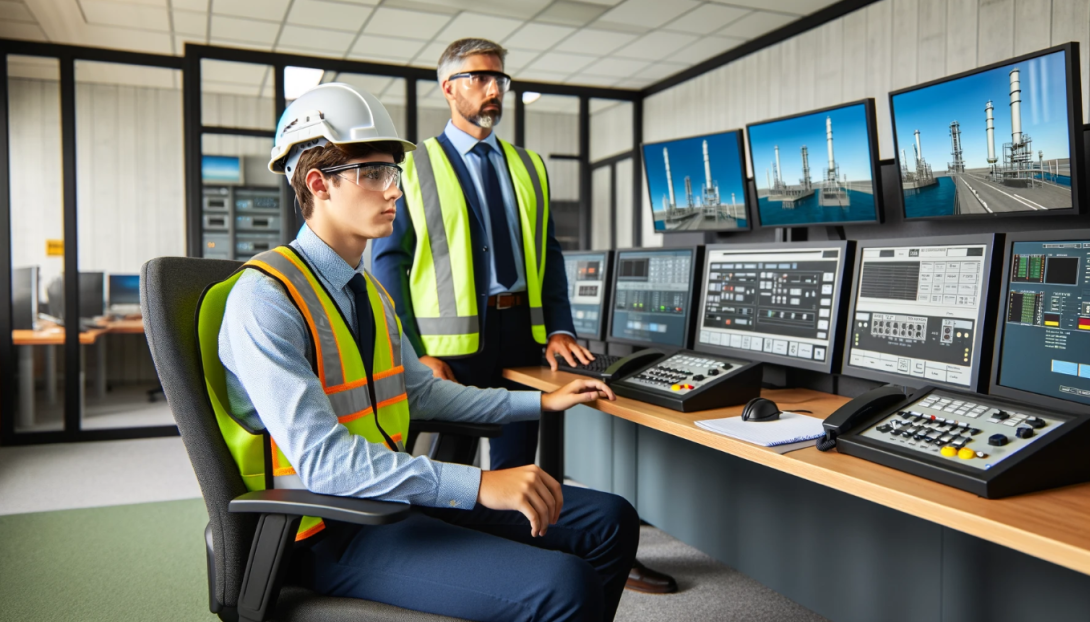Ask Ron Besuijen

We ask Ron:
How does dynamic simulation fit into the development of an effective training program?
Ron's Response:
Most programs to train and qualify panel operators start the same way. The trainee will read all the associated manuals which are usually followed by some written or electronic test questions. These questions can also be about the associated procedures, or the procedures are reviewed with a qualified operator. All very good strategies to get to know the process.
Even with all this training, I believe most panel operators would say they struggled when they had to handle their first process upset and that they did not feel prepared to make the required decisions. The analogy I like to use is if we trained a Formula 1 driver on the freeway. They would get some great experience traveling at 70 MPH and although the experience can seem scary to some, it does not compare to a Formula 1 race. They can be traveling at speeds over 200 MPH and then must prepare for a hairpin corner. Could you imagine how poorly they would perform if the first time they drove on a Formula 1 racetrack was on race day? This is what we are asking of our panel operators if we do not allow them to practice upset responses prior to an event in the actual process. Except I believe our processes are more complex than a Formula 1 race. This is why we should have a simulator training program.
A simulator training program consists of preparatory work and hands-on experience, where board operators practice key routines such as startup, emergency procedures, and handling malfunctions or failures. These will be covered in future ProseraPods.
